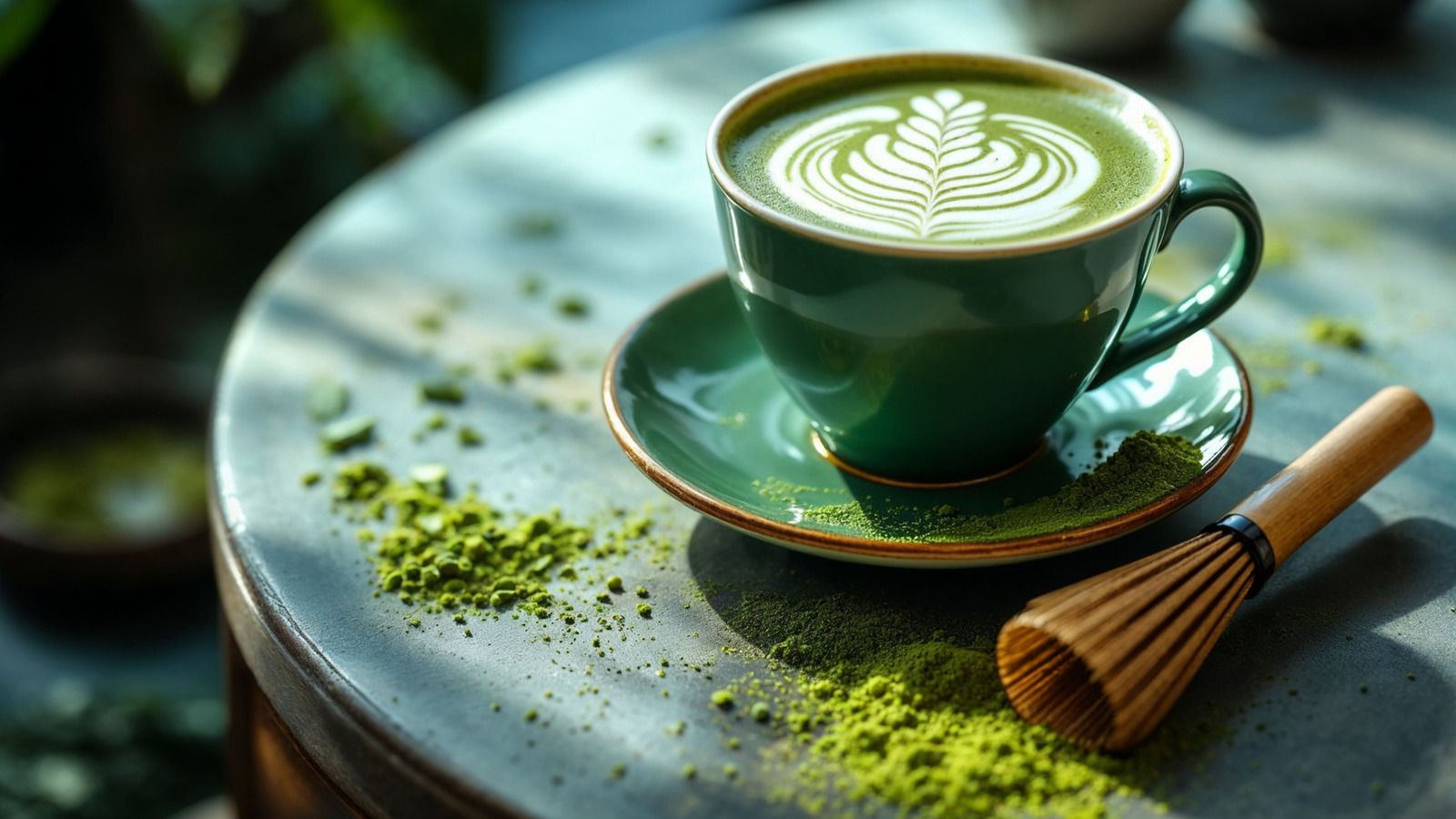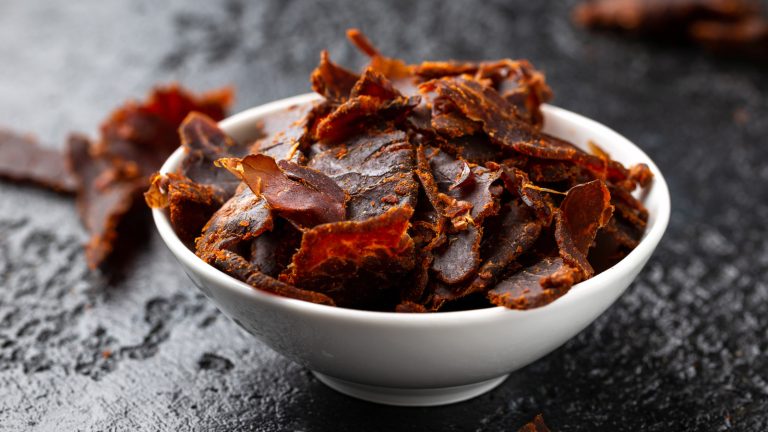We may receive a commission on purchases made from links.
At its best, a matcha latte is effortlessly bright, silky, and luxurious. With its complex notes of nuttiness and green color, this is the matcha drink of dreams. Unfortunately, until you’ve mastered the subtle art of making this brew, it’s bound to come out a little different on the first few tries. Whether you’re struggling with a cup that’s too clumpy, watery, or bitter, crafting a lackluster matcha latte is easy to do. Just like anything, perfecting the art of matcha-making takes time.
Instead of getting frustrated with the process, try to enjoy the journey of experimenting with different ingredients, tools, techniques, and temperatures. With a little self-confidence and belief, you’ll achieve the ideal beautiful green cup in no time. In fact, we’re here to give you a push in the right direction with a few helpful tips. To avoid a lackluster cup of this vibrant gift, here are five mistakes to avoid when making a matcha latte.
Skipping out on quality ingredients
Not much goes into a recipe for a matcha latte. In its most basic form, it’s simply water, matcha, and milk. While this simplicity makes for refreshingly straightforward recipes, it also means that every ingredient matters — especially your matcha. For this reason, you should opt for quality, single-origin matcha powders from Japan sold in small tins. These packages will contain matcha powders that are vibrant in color, smooth in texture, and lend a complex aroma. Since matcha degrades in quality once exposed to air, buying smaller containers is best. These matcha powders will lend the best taste, so your will cup will be full of sweet and savory flavors rather than dull bitterness.
Beyond scouring the shelves for the best matcha, buying quality milk matters too. You’ll want to invest in milk brands that enhance the flavors of your matcha without overpowering it. It should taste balanced and creamy. Experiment with different brands and varieties to find which milk is best for you. Hint: Many matcha fans prefer oat milk to regular milk for its creaminess, or you can also try a creamy addition that sweeteners your matcha with ease.
Using too much water or milk
When crafting the perfect matcha latte, you want to use just enough water to dilute the matcha powder. Too much water will lead to a watery cup, which means you’ll get only subtle notes of that vegetal sweetness without that properly vibrant punch that comes from a concentrated matcha. To get the best flavors, invest in a kitchen scale such as the Greater Goods Coffee Scale. This helps you get exact measurements so you can achieve an optimal balance of flavors in your drink. Measure out your matcha powder and water using this scale according to the instructions on your matcha tin. Depending on your palate, you might want to adjust the recommended ratios, but some tea professionals say 70 milliliters of water for every teaspoon of matcha powder is best.
While this warning applies to water, it also extends to the milk. Don’t pour too much milk into your cup or it will overpower the subtle flavor of the matcha powder. While preferences vary, most tea lovers agree that you should never use more than a cup of milk for this drink.
Using boiling water
How hot should your water be for your tea? It depends on the type you’re making. While matcha powder dissolves best in hot water, using boiling water is a no-go. This water is too hot and will scald the powder, leading to a bitter, burnt-tasting cup. While the exact water temperature needed for matcha depends on the blend, give this technique a try first. Boil your water, then let it sit for about 60 seconds before pouring. The water temperature should be about 170-180 degrees Fahrenheit here, so it can easily dissolve the powder without burning off its subtle green aroma and umami flavors.
Adding in too much matcha powder
Matcha powder is different from green tea in that it’s made up of finely ground whole tea leaves, making it full of highly concentrated flavors. This means that a little bit of matcha goes a long way. While the recommended serving size on your tin might not seem like a lot, this powder is intense even in small quantities in terms of flavor and caffeine content alike. Oftentimes, that single teaspoon is more than enough to create a luxuriously thick and vibrant cup. Start there and adjust to your tastes.
Not using the right tools
It takes some special equipment to make a matcha latte come to life. First, you need some sort of mesh sieve such as a tea strainer. This tool helps you sift through your matcha to destroy any clumps, so you won’t accidentally sip up a hyper-concentrated clot at any time. To use, simply add your matcha to the sieve and strain it into a small bowl.
That brings us to another one of the non-negotiables: a whisk. For the best results, a traditional bamboo whisk is best. Unlike a spoon, this tool is one of the only ones that can properly aerate this drink, bringing in vivacious bubbles that will enliven the matcha’s hidden flavors. You should be whisking this drink vigorously until it’s smooth and bubbly to achieve the ideal texture and to prevent any lumps from sticking in your cup. Together, the above steps can help you perfect your matcha latte — so you can sip and enjoy.





